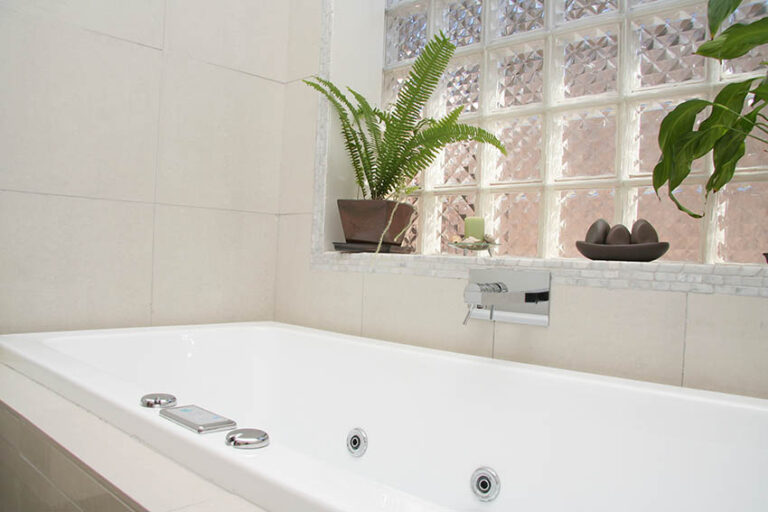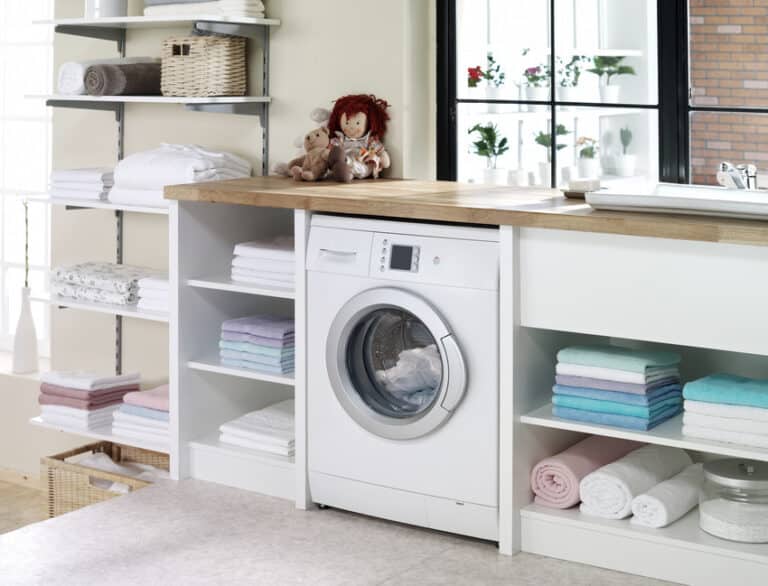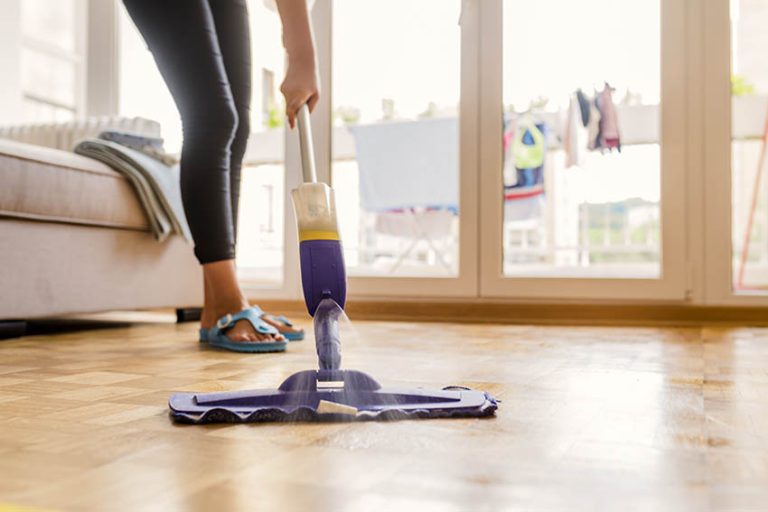Silicone Roof Coating (Pros and Cons)
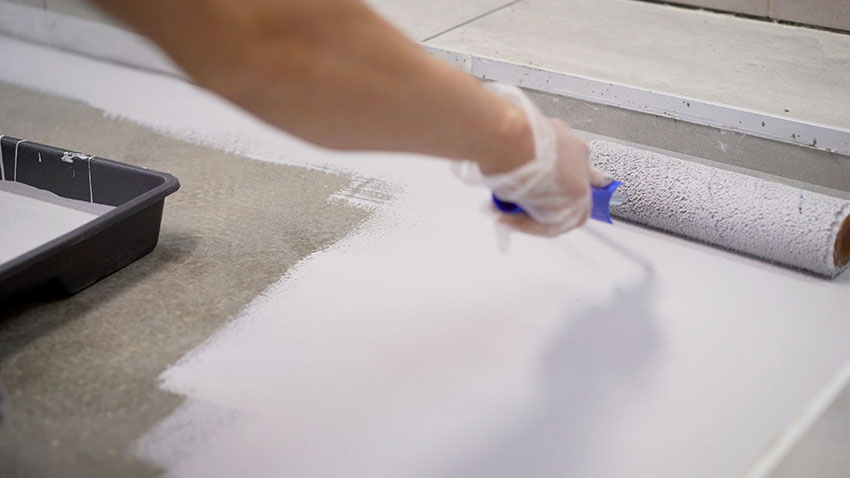
For a proper and durable restoration, it’s always an excellent idea to use silicone coatings. A lot of people are applying this method for various reasons. This method works best in recovering and protecting different types of roofing substrates as well as concrete roof decks, single-ply, EPDM, modified bitumen, TPO, or metal. Using this system can provide a lot of useful benefits, but it also has its downsides. In this article, we’ll talk about what exactly this method is. And later, we’ll also discuss its pros and cons.
What is Silicone Roof Coating?
This method is composed of either 1 or 2 layers of silicone sprayed or rolled on in liquid form to fill and suffuse in the seams, blisters, and cracks. This system isn’t used to revamp the underlying insulation structure. However, it adds a supplemental layer of durability and protection against various elements.
Other homeowners or business owners use this method because it serves a lot of benefits. It normally does not chalk off and shed over time. Moreover, it does not need to be supported by roof fabric to function properly.
Pros
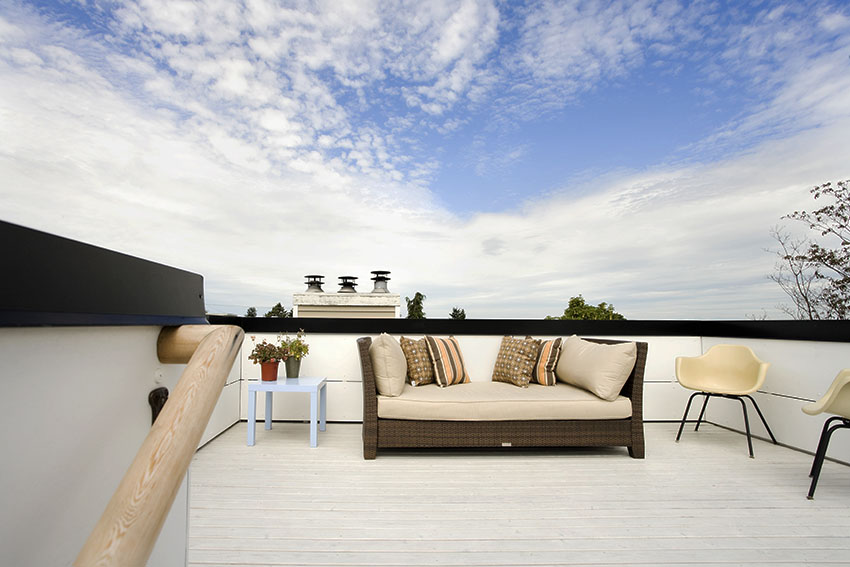
Here are the pros and cons starting with the advantages.
It can efficiently resist ponding water
This is no doubt the best advantage of this system. When we say ponding water, it is the water that stays for two days or longer.
Generally speaking, roofs deteriorate when they’re persistently in contact with ponding water. However, this method can provide protection by enduring the ponding water’s damaging effects.
Moreover, the layer of this material can do its job without getting damaged as it do not absorb water.
It provides maximum protection against UV rays
This method has the ability to reflect 80% to 90% of the sun’s damaging UV rays. This makes this system a cost-efficient option to prevent too much hotness, especially in the summer months.
This can help home and business owners save energy and money by cutting some cooling costs and reducing some HVAC system maintenance activities.
This option don’t crack, chalk, or deteriorate even if they’re constantly exposed to sunlight. Normally, roofs that are highly exposed to sunlight acquire 55°C to 60°C of temperature. But once they’re protected with this method, the temperature usually goes down to 35°C.
It is an all-weather and flexible roof coating
This method is very flexible, and it creates an impermeable structure that’s capable of withstanding oxidation, sand, cold, and hot temperatures.
It can be installed in a short duration
The reinforcement of roofs is what normally interrupts people from using their houses or buildings. However, installing this system can effectively cut down the construction duration by up to 30%. It’s a lot more convenient and it can help you save money since you’ll cut some labor costs.
It is eco-friendly
Modern types of this method are generally environmentally friendly. Meaning, installing it won’t harm the earth. Most of the high-solid systems nowadays are extremely low in VOCs (volatile organic compounds) and they’re solvent-free.
Yes, the majority of these coatings have passed quality control and they are very safe to use. If you want something a little more eco-friendly, a great alternative is a green roof.

Cons
It usually attracts dust particles and dirt
Because of the material’s texture, dirt and dust particles are likely to stick on it. If the dirt and dust accumulation isn’t immediately solved, the system will gradually lose its reflecting capability.
As a result, the method will absorb the sun’s heat and it might affect the temperature of your interior space.
That’s why it’s highly recommended to clean the coating six months or one year after it has been constructed so that dirt and dust accumulation will be prevented.
You can clean it using a gas or electric-powered pressure washer. You can do this once or twice a year to keep your system in its top condition.
Silicone adheres very well that it makes it hard to replace
If you’re planning to change your roofing system in the future, it’s not advisable to coat it with this material then. You can’t install a new application above this method; you’ll have to remove the entire layer. This is why installing this method is a very long-term investment.
It’s very slippery when it’s wet
You’ll have to wear the safest shoes that won’t easily slip on wet surfaces when you’re planning to clean them.
Silicone Roofing Application Price
The price, level of thickness, and the number of layers will normally depend on the brand or manufacturer. However, these are the average prices of this system:
Single Coating. The usual price of a single type ranges from $1.50 to $3 per square foot.
Double Coating. The price of a double option normally varies from $2 to $5 per square foot.
An entire tear-off and construction normally costs $4 to $10 per square foot.
Best Silicone Coating Brands
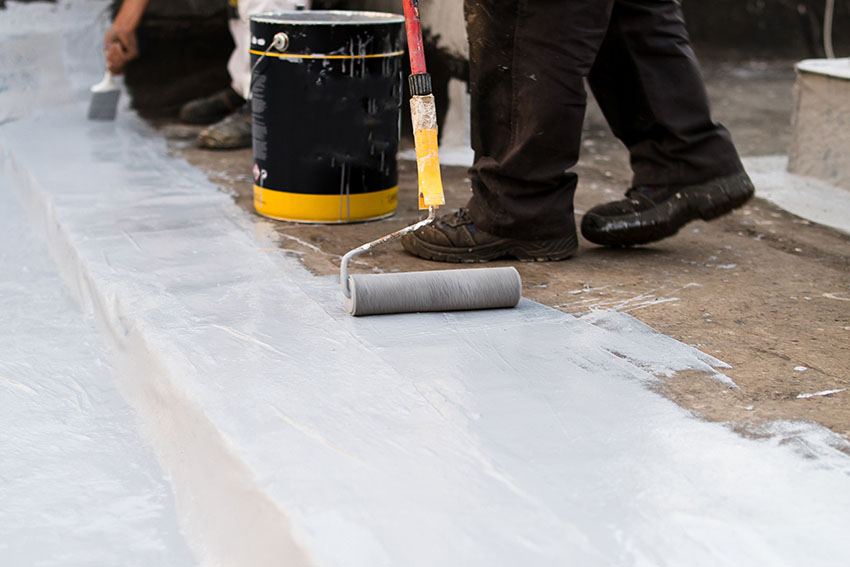
GacoRoof Silicone Roof Coating (GACSRCG5). This product is 100% made out of pure silicone and it produces a seamless layer to seal, repair, and provide protection against ponding water, leaks, and inclement weather. This product is available in various colors. It can be used on both sloped or flat types.
Henry Silicone Roof Coating (HE887HS073). This system is purely designed to reflect the heat of the sun. It’s also made out of 100% pure silicone and it can withstand all types of weather. It can also shield the sun’s harmful UV rays and it provides superior protection.
Rust-Oleum Extreme Silicone Roof Coating (308666). This product effectively adapts to temperature extremes. It offers long-term energy savings and weathering protection. It doesn’t contain solvents and can be applied without using a primer. It is made out of 100% silicone, and it can provide durability and protection from water.
Acrylic vs Silicone Coating
In terms of cost, acrylic options are normally less expensive than silicone options. When it comes to longevity and durability, silicones are proven to last much longer than acrylics. That is because they can withstand UV rays and moisture better than an acrylic coat. Although they’re both durable enough to handle various elements, silicones still win the battle.
Both these systems can reflect sunlight from 80% to 90%. That means they can work very efficiently when it comes to reflectivity. Silicone systems are also more efficient in terms of resisting ponding water.
In terms of stability against UV, silicones are more exceptional than acrylics. They never chalk and they don’t turn to be brittle even if they’re persistently exposed to UV rays. When it comes to maintenance and installation, acrylic is the better option. They’re much easier to clean and install.
Are there any pros and cons that we missed? Let us know what you think below in the comments. See more related content at our article about peel and stick roofing on this page.

